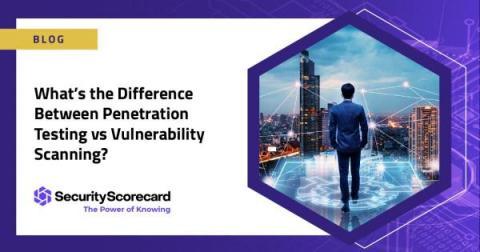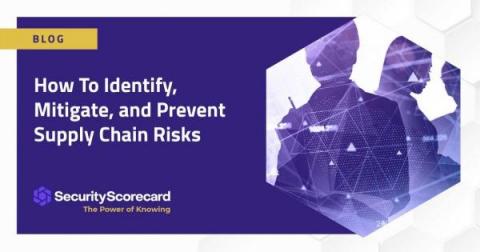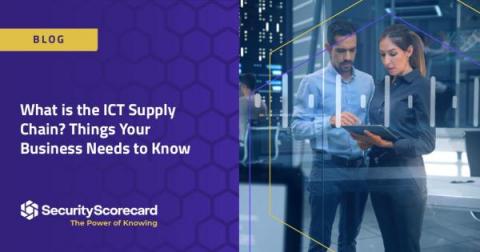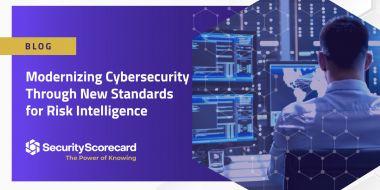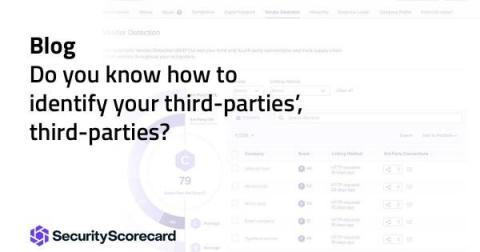What's the Difference Between Penetration Testing vs Vulnerability Scanning?
Penetration testing and vulnerability scanning are both important practices that protect the network of a business. However, the two are very different from each other in the way they test the security and vulnerabilities of a network. Keep reading to learn more about the differences and how to decide whether one or both would best suit your needs.


